I would like to fill until a specific Y value in PlotlyJS. This is as far as I got from the PlotlyJS docs: Fiddle
{
"x": [
"2016-01-31T00:03:57.000Z",
"2016-02-12T04:35:26.000Z"
],
"y": [
100,
100
],
"fill": "tonexty",
"fillcolor": "#8adcb3"
}
In the documentation, there seems to be two options:
tonexty- Fills as below. The problem is 'tonexty' is a bit limiting - The use case is 'filling until the line', so shading ONLY above 110. Example:
tozeroy- Fills till zero:
Also, do you need to introduce a new trace in order to create a fill?
This means that if I have a chart as follows (with only one trace but a threshold line as a shape): I need to introduce another trace just to create a fill. Maybe there's something I missed in the docs, or this is the wrong approach altogether.

So, how do you fill an area in a trace above a specific Y value in PlotlyJS?



